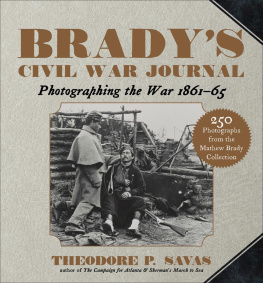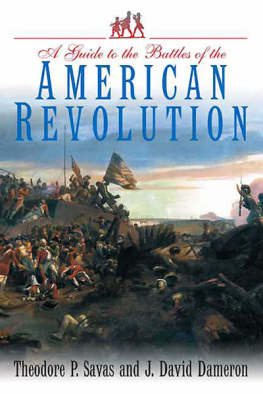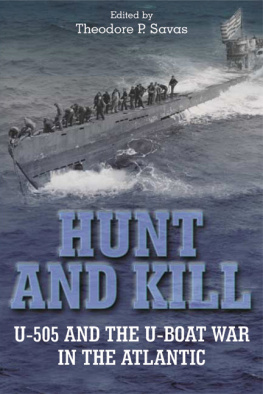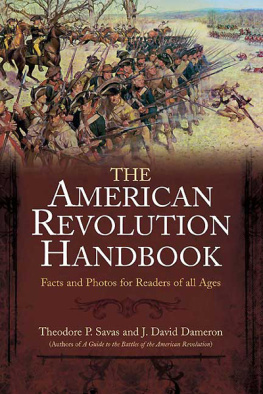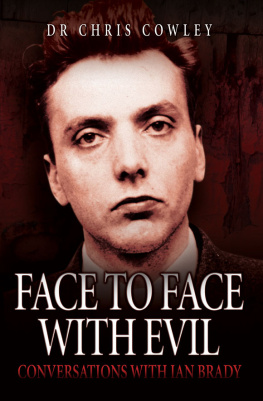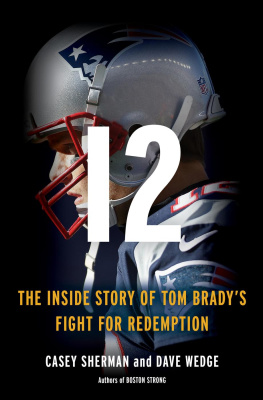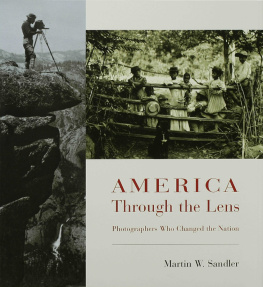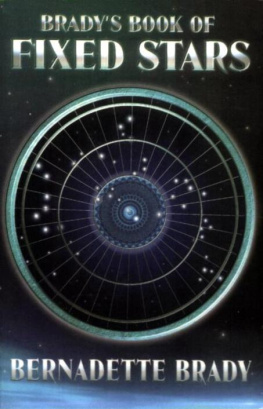Theodore P. Savas - Bradys Civil War Journal: Photographing the War 1861–65
Here you can read online Theodore P. Savas - Bradys Civil War Journal: Photographing the War 1861–65 full text of the book (entire story) in english for free. Download pdf and epub, get meaning, cover and reviews about this ebook. year: 2022, publisher: Skyhorse Publishing, genre: History. Description of the work, (preface) as well as reviews are available. Best literature library LitArk.com created for fans of good reading and offers a wide selection of genres:
Romance novel
Science fiction
Adventure
Detective
Science
History
Home and family
Prose
Art
Politics
Computer
Non-fiction
Religion
Business
Children
Humor
Choose a favorite category and find really read worthwhile books. Enjoy immersion in the world of imagination, feel the emotions of the characters or learn something new for yourself, make an fascinating discovery.
- Book:Bradys Civil War Journal: Photographing the War 1861–65
- Author:
- Publisher:Skyhorse Publishing
- Genre:
- Year:2022
- Rating:3 / 5
- Favourites:Add to favourites
- Your mark:
Bradys Civil War Journal: Photographing the War 1861–65: summary, description and annotation
We offer to read an annotation, description, summary or preface (depends on what the author of the book "Bradys Civil War Journal: Photographing the War 1861–65" wrote himself). If you haven't found the necessary information about the book — write in the comments, we will try to find it.
My greatest aim has been to advance the art of photography and to make it what I think I have, a great and truthful medium of history. Mathew Brady
Mathew Brady and his team of assistants risked their lives to capture up-close images of the fury of the American Civil War and its aftermath. Brady actually got so close to the action during the First Battle of Bull Run that he only narrowly avoided capture. Bradys Civil War Journal chronicles the events of the war by showcasing a selection of Bradys moving, one-of-a-kind images and describing each in terms of its significance.
Bradys team not only captured thousands of portraits of the combatants, the generals, the fighting men, the sick, the dead, and the dying, but also documented the infrastructure of the war machine itself, recording images of artillery pieces, the early railroads, and extraordinary engineering feats.
The text by Theodore P. Savas, an expert on the Civil War, adds context to Bradys memorable photographs, creating an unrivaled visual account of the most costly conflict in American history as it unfolded. His unique record of the war gives modern readers a fascinating insight into the terrible maelstrom that shaped our nation.
Theodore P. Savas: author's other books
Who wrote Bradys Civil War Journal: Photographing the War 1861–65? Find out the surname, the name of the author of the book and a list of all author's works by series.

